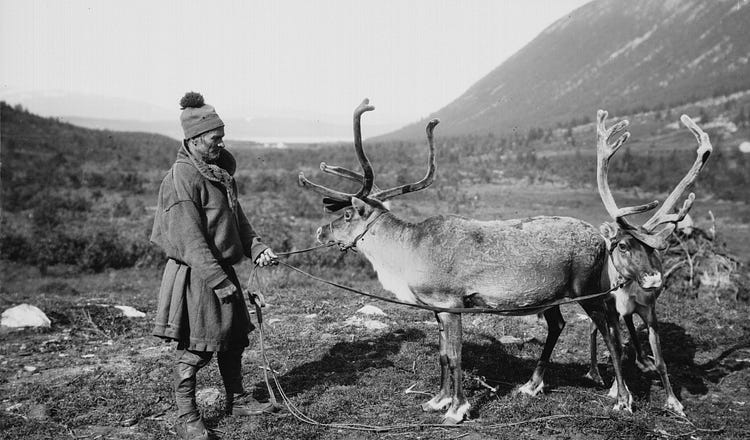Was Santa Actually a Mushroom-Tripping Reindeer Herder?

Santa? A Sámi with his reindeer in 1930. (Boyer/Roger Viollet via Getty Images)
In which our intrepid reporter Leighton Woodhouse explores the competing theories behind Father Christmas.
129
To our veteran subscribers—and to our many newcomers—welcome, again, to The Free Press (formerly Common Sense). We’re so excited you’re here.
If you think Santa Claus is the guy in the Coca-Cola ads, Leighton Woodhouse, one of our favorite reporters, asks you to think again.
For more of Leighton—I recommend starting here—check out our new website: www.th…
Continue Reading The Free Press
To support our journalism, and unlock all of our investigative stories and provocative commentary about the world as it actually is, subscribe below.
$8.33/month
Billed as $100 yearly
$10/month
Billed as $10 monthly
Already have an account?
Sign In

